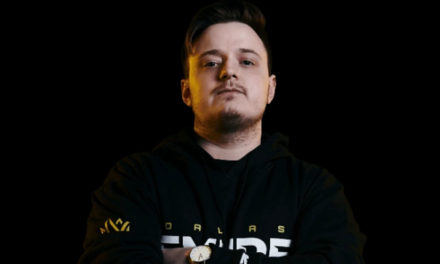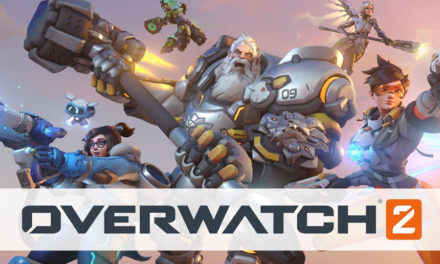Riot Games’ character-based first-person shooter (FPS) VALORANT is popular right now, especially in the Philippines. It has been almost a year since it was launched.
With an average of 14 million monthly players on PC, the game swiftly grew to become one of the most famous FPS games in the world in just its first year in the gaming industry. While North America and Western Europe are responsible for much of VALORANT’s present popularity, Southeast Asia has emerged on of the game’s most prominent areas.
Riot Games’ General Manager for Southeast Asia, Hongkong, and Taiwan ‘Justin Hulog’ claimed in an interview with Yahoo Southeast Asia that the Philippines has emerged as one of the primary drivers of VALORANT’s popularity in the area and in light of the circumstances in the area at the time of its release, VALORANT’s success in the Philippines and the rest of Southeast Asia came as a pleasant surprise to the creator.
While the coronavirus outbreak and the closing of PC cafés across Southeast Asia meant that fewer individuals were able to play VALORANT, there was a silver lining to the lockdowns for the game.
According to Streamlabs, while COVID brought practically the whole globe into lockdown last year, live streaming games on sites like Twitch, YouTube, and Facebook surged, with viewership across all platforms hitting over 8.2 billion hours – nearly surpassing statistics from 2019. VALORANT was a notable beneficiary of the growing tide of streaming, with SullyGnome ranking it as the fourth most-watched game on Twitch in 2020.
This helped VALORANT gain a lot of traction in the Philippines and the rest of Southeast Asia, where you can find some of the world’s most active streaming communities. Throughout last year, VALORANT was the game of choice for “a number of big stars” with large followings in the Philippines, according to Hulog.
Hulog retold the story that they developed a special Valorant mask, it has the VALORANT logo on it, and they’re simply something you wear over your face anytime you go out.
Hulog further attributes VALORANT’s popularity in Southeast Asia to the Philippines’ strong endemic gaming culture and community, with a large portion of the community participating in gaming by either playing games or watching others play through livestreams.
According to gaming analytics firm Newzoo, the Philippines was the world’s 25th-largest market in terms of game revenues in 2020, with over 43 million Filipinos spending over US$570 million on games. According to the business, 60% of the country’s internet population consumes gaming video material in some form, with 10% of those watching others play games more than they do themselves. While the popularity of VALORANT in Southeast Asia despite the epidemic may have come as a pleasant surprise to Riot, the developer is well aware of the reasons behind the game’s success.
Despite the dominance of mobile and Multiplayer Online Battle Arena (MOBA) games in Southeast Asia, Hulog adds that FPS games such as Counter-Strike: Global Offensive (CS:GO) and PlayerUnknown’s Battlegrounds are still famous in the area (PUBG).
“I’m from the Philippines, and while I was there, I recall seeing a lot of people playing CS:GO, so it’s always been a popular game “Hulog spoke in.
Furthermore, Hulog stated that VALORANT was unlike other “realistic and military-focused” FPS games, which appeared to appeal to a large number of Southeast Asians.
Hulog said that they put different features in the game and we made sure that users will surely enjoy special effects such as character’s power, and that made the game even more exciting to play.
But, more than anything, Hulog points to Riot’s “player-focused” development of VALORANT as the primary reason for the game’s success.
While VALORANT’s first PC version performed well in Southeast Asia during its first year, Riot plans to expand the game’s popularity in the area with a mobile edition, which it initially revealed last month on the game’s one-year anniversary.
Hulog believes that VALORANT’s mobile port will “perform extremely well,” and that the Philippines, which has established itself as one of the world’s largest mobile gaming marketplaces, will once again be a driving force behind it.
” I believe there will be a lot more growth if you transfer that gaming to mobile, “Hulog said.







